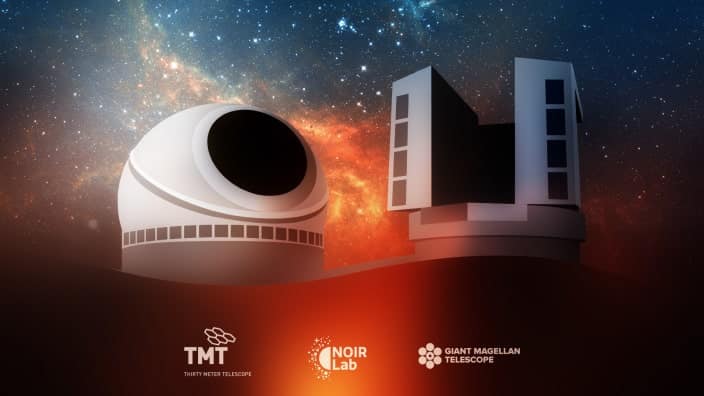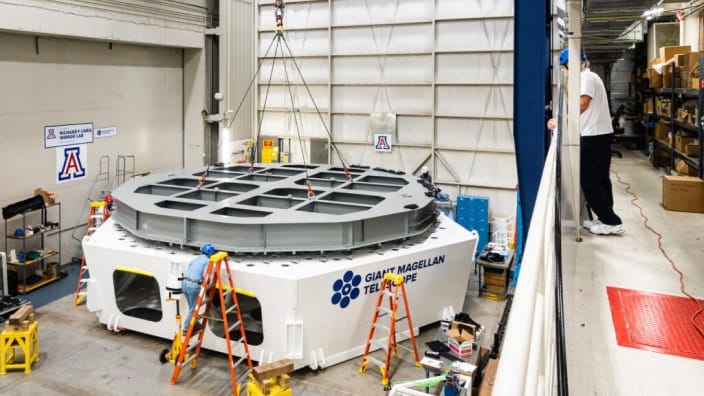Giant Magellan Telescope Earns Top Marks in Earthquake Safety, a First in Observatory Design
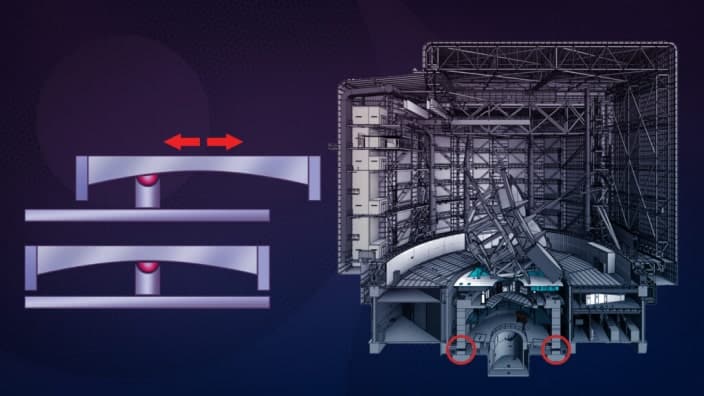
International review panel praises the Giant Magellan Telescope’s innovative seismic protection system capable of protecting the 13.6-million-pound telescope structure from earthquake damage in one of the world’s most seismically active regions.
PASADENA, CA — Engineers designing the Giant Magellan Telescope have solved an immense design challenge never attempted before: Protecting a 22-story rotating observatory and seven of the world’s largest monolithic mirrors from being damaged by earthquakes. The innovative seismic protection design earned top marks from an independent review panel of international experts in November, paving the way for the next generation in observatory design.
“The structures of the next generation of extremely large telescopes are so massive, their instruments so sensitive, and the seismic environments they are located in are so intense, that there’s really no way to avoid seismic protection. We need a seismic isolation system to keep the telescope operational,” said Dr. Bruce Bigelow, the Giant Magellan Telescope’s Site, Enclosure, and Facilities Manager.
The Giant Magellan Telescope is a new 30-meter class ground-based telescope being constructed at Las Campanas Observatory in Chile’s Atacama Desert, one of the best locations on Earth to view the universe. But while this remote region boasts more than 300 clear nights of the galactic center per year, it also is home to some of the biggest, the most frequent, and the most destructive Earthquakes ever recorded. Large earthquakes in Chile can last for more than three minutes and often exceed seven on the surface-wave magnitude scale (MS).
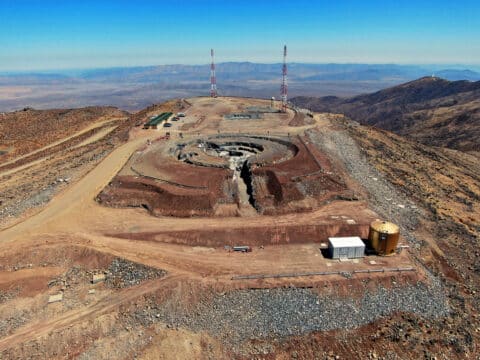
“Telescopes that have been built in seismically active regions were designed, due to their smaller scale, without explicit seismic mitigation,” said Dr. Dave Ashby, the Giant Magellan Telescope’s Project Engineer. “While most remain operational today, some have incurred costly earthquake damage. The new generation of extremely large telescopes will be built with sophisticated seismic mitigations, including seismic isolation, to balance construction and operational costs over the extended operational service lives of these large facilities.”
The seismic protection system — also known as a seismic isolation system — on the Giant Magellan Telescope is unprecedented in the world of telescopes, in terms of the size and complexity. Unlike hospitals or large bridges, the seismic isolation system needs to not only protect the structures from collapse, but also to prevent the structure and fragile optical components inside from requiring repair. Because the Giant Magellan Telescope’s seismic isolation system serves as the telescope foundation, it must be very reliable. By design, the probability of seismic isolation failure is less than 0.5 percent over the 50-year service life of the observatory. The system is designed to remain inactive during small “nuisance” earthquakes that are common at Las Campanas Observatory. The system will only engage during earthquakes that exceed a magnitude of approximately 5 Ms and extreme earthquakes that will typically occur on a 1–2-year time scale.
The Giant Magellan Telescope’s seismic isolation system consists of two lines of defense that keep it safe and allow a return to operations within hours to weeks, depending on the magnitude of a seismic event.
- Seismic Isolation System: A circular array of 24 single friction pendulum isolators that support the telescope and its pier and protect the telescope’s optical components and instruments from active ground motion caused by a major earthquake.
- Pier Recentering System: A hydraulic system that can return the 6,200 metric ton telescope structure to its original resting and operational position following a major earthquake.

After a major earthquake, the friction pendulum isolators may not return the telescope exactly back to its normal operation position. “The isolation system will return the telescope to its ‘home’ position within a couple of inches, but that’s not good enough,” said Dr. Bigelow. “That’s where the hydraulics of the pier recentering system come in, which can move the 6,000 metric tons of telescope and pier and return the telescope to a fraction of an inch from where it was before the earthquake.”
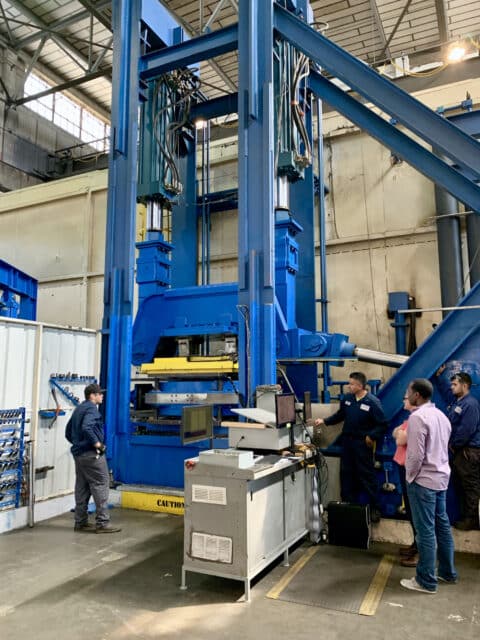
To validate this revolutionary design, engineers at the Giant Magellan Telescope exposed the design to an independent review panel of internationally renowned experts in seismic isolation systems, very large hydraulic positioning systems, and the formulation and placement of high-strength concrete. Reviewers reported that the preliminary designs have successfully met the seismic protection requirements that, as Dr. Bigelow said, are “absolutely crucial to assuring that the telescope can do its job for 50 years.”
For more information about the Giant Magellan Telescope, visit gmto.org
Multimedia Resources
Multimedia from the release are available here until January 8, 2021.
Assets may not appear uncredited. Credit line must be given as follows: Giant Magellan Telescope – GMTO Corporation.
